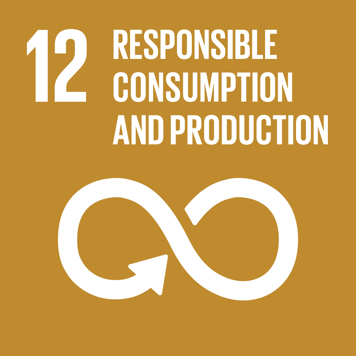Consequences for economy and production of interrupted conversion from even-aged to uneven-aged forests

There is growing interest in continuous cover forestry in Sweden. The historical domination of even-aged forest management means there is a need to focus on methods for transforming even-aged to uneven-aged stands. Practical conversion management today is highly adaptive, and the possibility of failures, such as persistent lack of tree recruitment, must be allowed for.
We used simulations to evaluate various scenarios in which conversion management is introduced at different development stages in even-aged stands and then abandoned in favour of clear-felling. A shift towards an inverse J-shaped diameter distribution at the end of the simulations was most evident in northern Sweden and with an early introduction of conversion forestry. The largest losses were incurred in a scenario where the conversion management started with removing larger trees at pre-commercial thinning: it reduced the volume of production by up to 25% and, if clear-felled, resulted in a lower land expectation value than conventional management. Earlier decision to abandon conversion management reduced the losses, but the effect of timing was minor.
In summary, the results indicate that conversion management could be started and abandoned without any major economic loss during the timeframe of a normal rotation.
We will review and publish your comment as soon as possible.









